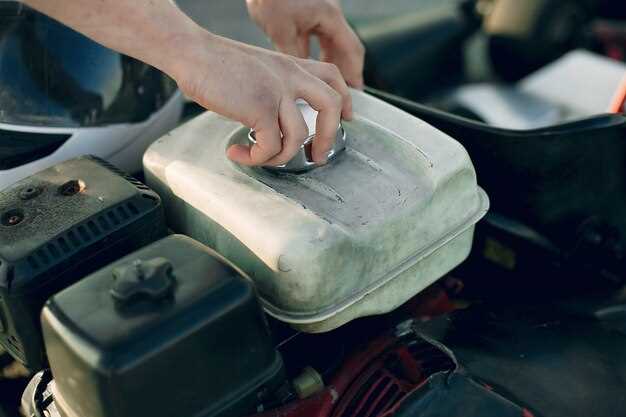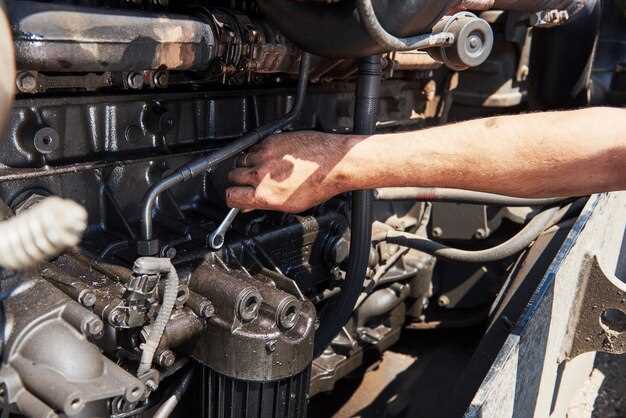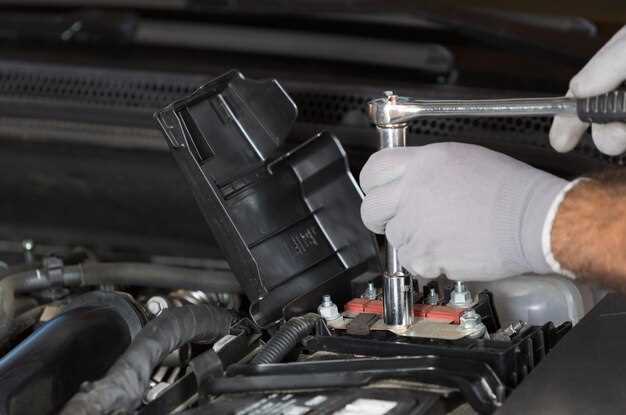Adding a dual battery system to your Jeep


For off-road enthusiasts and Jeep owners, having a reliable power source is essential for powering various accessories and ensuring the vehicle runs smoothly during long adventures. Installing a dual battery system is an effective solution to meet the demanding energy needs of winches, lights, and other aftermarket devices while protecting the primary battery.
This comprehensive guide will walk you through the crucial steps involved in installing a dual battery system in your Jeep. You’ll learn about the necessary components, tools required, and techniques to ensure a seamless installation process. Whether you’re an experienced mechanic or a weekend warrior, understanding how to set up this system is key to maximizing your off-road capabilities.
By equipping your Jeep with a dual battery system, you enhance its resilience and capability on rugged terrains. This not only improves your vehicle’s power management but also gives you peace of mind knowing that your adventures won’t be cut short by a dead battery. Let’s dive into the details and get started on transforming your vehicle for the ultimate off-road experience.
Selecting the Right Batteries and Components for Your Jeep
When installing a dual battery system in your Jeep, choosing the right batteries and components is crucial for optimal performance and longevity. Start by selecting batteries that are specifically designed for deep cycle use. These types of batteries can handle the frequent charging and discharging that come with powering various electronics in your vehicle, such as lights, winches, and onboard refrigerators.
Consider the amp-hour (Ah) rating of the batteries. A higher Ah rating will provide more stored energy, allowing you to run your electronics for extended periods without draining the batteries completely. Look for a balance between weight and power, as heavier batteries may contribute to the overall load of your Jeep, which can affect handling and fuel efficiency.
In addition to the batteries, ensure you have a high-quality battery isolator. This component allows your primary battery to remain charged while your secondary battery is used for accessories and electronics. Choose an isolator with a low voltage drop to maximize the efficiency of your battery system.
Quality wiring and connectors are essential to prevent energy loss and ensure safe operation. Use thick, durable cables to handle the current demands of your accessories, and secure connections with appropriate lugs and heat shrink insulation to protect against corrosion.
Lastly, consider adding a battery monitor to keep track of the voltage and overall health of your battery system. This device can provide alerts when battery levels are low, helping to prevent potential damage and ensuring your electronics receive a consistent power supply. By making informed choices about batteries and components, you can build a reliable dual battery system that enhances your Jeep’s capabilities without compromise.
Step-by-Step Installation Instructions for the Dual Battery System

Installing a dual battery system in your Jeep can provide extra power for your electronics, ensuring you never run out of juice during your off-road adventures. Follow these detailed instructions for a successful installation.
- Gather Necessary Tools and Materials:
- Two batteries (choose deep cycle for best performance)
- Battery tray or mounting kit
- Battery isolator
- Heavy-duty cables (two positive and two negative)
- Fuse holder and appropriate fuses
- Wrenches and sockets
- Wire cutters and strippers
- Electrical tape
- Multimeter (optional, for testing)
- Disconnect the Power:
Before starting, ensure your Jeep is turned off and disconnect the negative terminal from your primary battery to avoid any electrical accidents.
- Install the Battery Tray:
Locate a suitable area in your Jeep’s engine bay for the second battery. Using the battery tray mount, secure it in place according to the manufacturer’s instructions.
- Connect the Batteries:
Position the second battery in the new tray. Connect the positive terminal of the second battery to the battery isolator. Then, link the isolator to the primary battery’s positive terminal. Connect the negative terminals of both batteries to the ground.
- Install the Battery Isolator:
The battery isolator will prevent one battery from draining the other. Ensure it is mounted securely, and connect it with the appropriate gauge cables.
- Wiring for Electronics:
Utilize the excess power from the second battery for your additional electronics. Run a 12V connection from the isolator to your electronics. Use fuses to protect your devices.
- Testing the System:
Once all connections are complete, reconnect the primary battery’s negative terminal. Use a multimeter to verify the voltage and ensure both batteries are functioning correctly. Start your Jeep and check that all electronics are powered appropriately.
After completing these steps, your dual battery system should provide ample power for all your Jeep’s electronic needs, enhancing your off-road experience.
Testing and Troubleshooting Your Dual Battery Configuration

Once you have installed your dual battery system, it is essential to ensure that everything is functioning correctly. Proper testing can help you identify any potential issues and confirm that your setup is providing the necessary power for your Jeep’s applications.
Start by checking the voltage of both batteries using a multimeter. A healthy battery should read between 12.6 to 12.8 volts when fully charged. If either battery shows a significantly lower voltage, it may indicate a problem, such as a failing battery or poor connections.
Next, observe how the system behaves when using accessories. Engage various electrical components, such as lights, winches, or audio systems, to monitor power distribution. Ensure that your auxiliary battery isn’t draining too quickly, which could suggest a wiring or configuration issue. The primary battery should supply power to the starter, while the secondary battery should support additional loads.
If you notice that the batteries are not charging properly, inspect the isolator or battery management system. Ensure that it is functioning as intended, allowing for proper charging while preventing backflow of current. Check all connections and ensure they are tight and free of corrosion, as loose or corroded terminals can lead to poor performance.
Another critical step is to conduct a load test on both batteries. Load testing involves applying a specified load for a short period and checking if the battery can maintain a voltage above a certain threshold. This step helps to identify weak batteries that may fail under stress.
If you encounter persistent issues, consider re-evaluating your system’s design. Verify that it is suitable for your Jeep’s power requirements. Additionally, ensure that all components are compatible and rated for the intended load.
Finally, if troubleshooting does not resolve the issues, consult a professional. Expert guidance can help diagnose complicated problems and ensure your dual battery setup works as efficiently as possible, providing reliable power for all your adventures.
